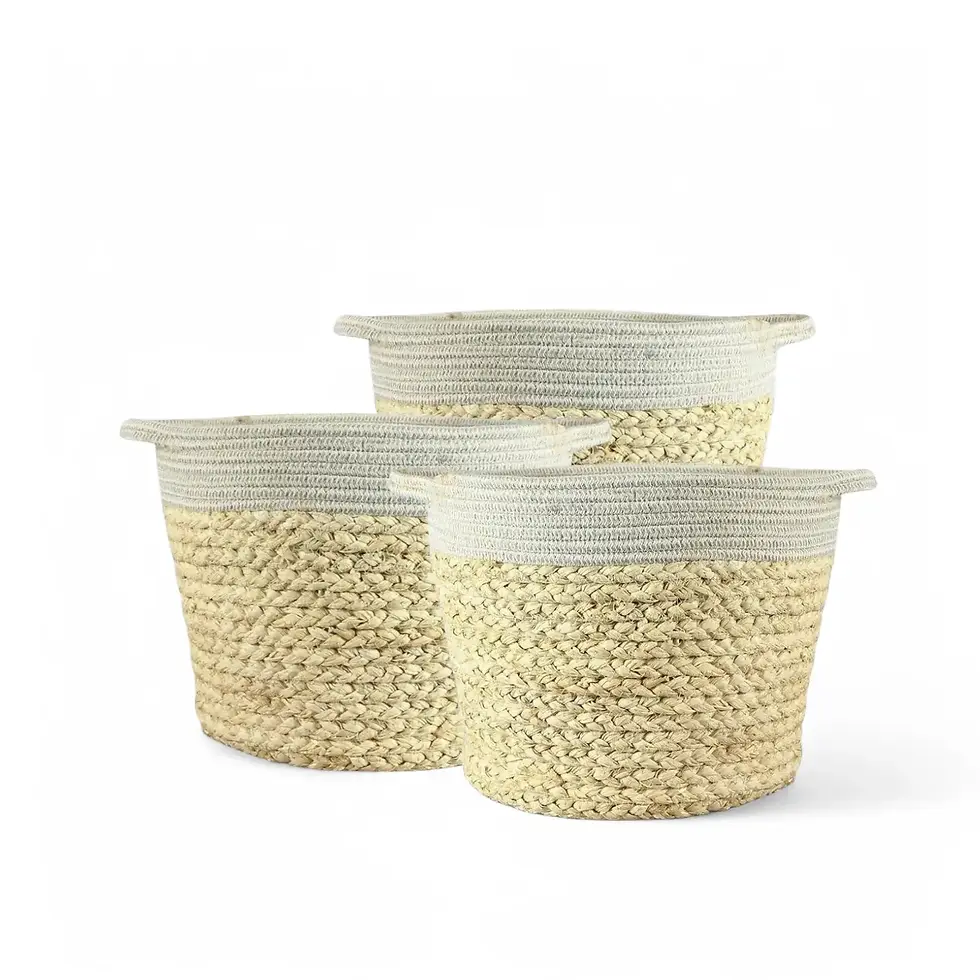Cyrtosperma hambalii – Rare Aroid with Elegant Erect Inflorescence
Cyrtosperma hambalii is a unique and visually arresting aroid species native to New Guinea. With a compact, subterranean stem and a cluster of sagittate leaves resembling upright 'rabbit ears', this plant commands attention. Its standout feature is a tall, slender spathe with striking coloration that rises high above the foliage. Compared to related species, it is distinguished by its unusually short petioles, exserted stamens during anthesis, and hexamerous flowers. The contrast between its architectural leaves and perfectly erect inflorescence gives it a refined and sculptural presence.
What Makes Cyrtosperma hambalii Unique
- Leaf Shape: Narrow sagittate blades with upright posterior lobes and a downward-pointing anterior lobe
- Inflorescence: Erect, 53 cm long dark green-brown spathe with green vertical stripes and black interior
- Structure: Short petioles with long sheathing bases, rare among Cyrtosperma
- Flowers: Hexamerous, with anthers exserted at male anthesis
Native Range and Plant Profile
Although its habitat has not been formally recorded, Cyrtosperma hambalii is native to the tropical regions of New Guinea. It is believed to grow in lowland or lower montane rainforest conditions, potentially near watercourses due to similarities with rheophytic relatives. Plants reach around 1 meter in total height and produce solitary inflorescences far exceeding the height of the leaves.
- Natural Range: New Guinea
- Height: Up to 1 m including the erect inflorescence
- Growth Habit: Terrestrial, rhizomatous herb with a condensed subterranean stem
- Toxicity: Likely contains irritant compounds common to Araceae; handle with care
Growing and Maintaining Cyrtosperma hambalii
- Light: Prefers bright, filtered light; avoid direct midday sun
- Watering: Keep soil consistently moist, but not waterlogged; excellent drainage is crucial
- Humidity: Needs high humidity (above 60%) to thrive
- Temperature: Ideal range is 22–30 °C; avoid cold drafts and temperatures below 16 °C
- Soil: Use an airy, moisture-retentive mix rich in organic material, with added perlite or fine bark
- Repotting: Repot annually or when rhizomes expand beyond container edges
- Fertilizing: Apply a balanced liquid fertilizer every 4–6 weeks during active growth
- Propagation: By rhizome division; ensure each piece has a growth point before replanting
- Pruning: Remove spent leaves and inflorescences to maintain vigor
Problems and Practical Fixes
- Leaf Curling: Caused by low humidity or underwatering—raise ambient moisture and water more consistently
- Rotting Rhizomes: Overwatering or compacted soil—improve drainage and reduce watering frequency
- Pests: Occasionally affected by mealybugs or spider mites—treat early with neem or insecticidal soap
Extra Notes for Enthusiasts
This species is often compared to Cyrtosperma beccarianum due to similar leaf morphology, but differs notably in floral structure and shorter petioles. Its long spathe, unusual in this genus, and upright growth habit create an architectural contrast perfect for collectors of rare and unusual aroids. Mimicking its native tropical environment is the key to long-term success in cultivation.
Botanical Name Origins
The genus name Cyrtosperma comes from the Greek "kyrtos" meaning curved and "sperma" meaning seed. The species name "hambalii" honors the person for whom it was named by A. Hay and A. Dearden, who officially described the plant in 2001. The hexamerous flower structure and exserted stamens are rare among related species, making it botanically significant.
FAQs About Cyrtosperma hambalii
- Is this plant suitable for terrarium culture?
Only in large, tall terrariums with excellent airflow due to its height and need for vertical space - Will it flower indoors?
With high humidity and strong growth, yes — the inflorescence can appear in mature, healthy specimens - How fast does it grow?
Moderate pace if grown in warm, humid conditions; slower in cooler or drier environments
Bring the elegance of rare tropical aroids into your collection with Cyrtosperma hambalii. Order now and grow a botanical standout few have ever seen in person.
Cyrtosperma hambalii
Cyrtosperma hambalii is approximately 40 cm tall and comes in 12 cm pot























































